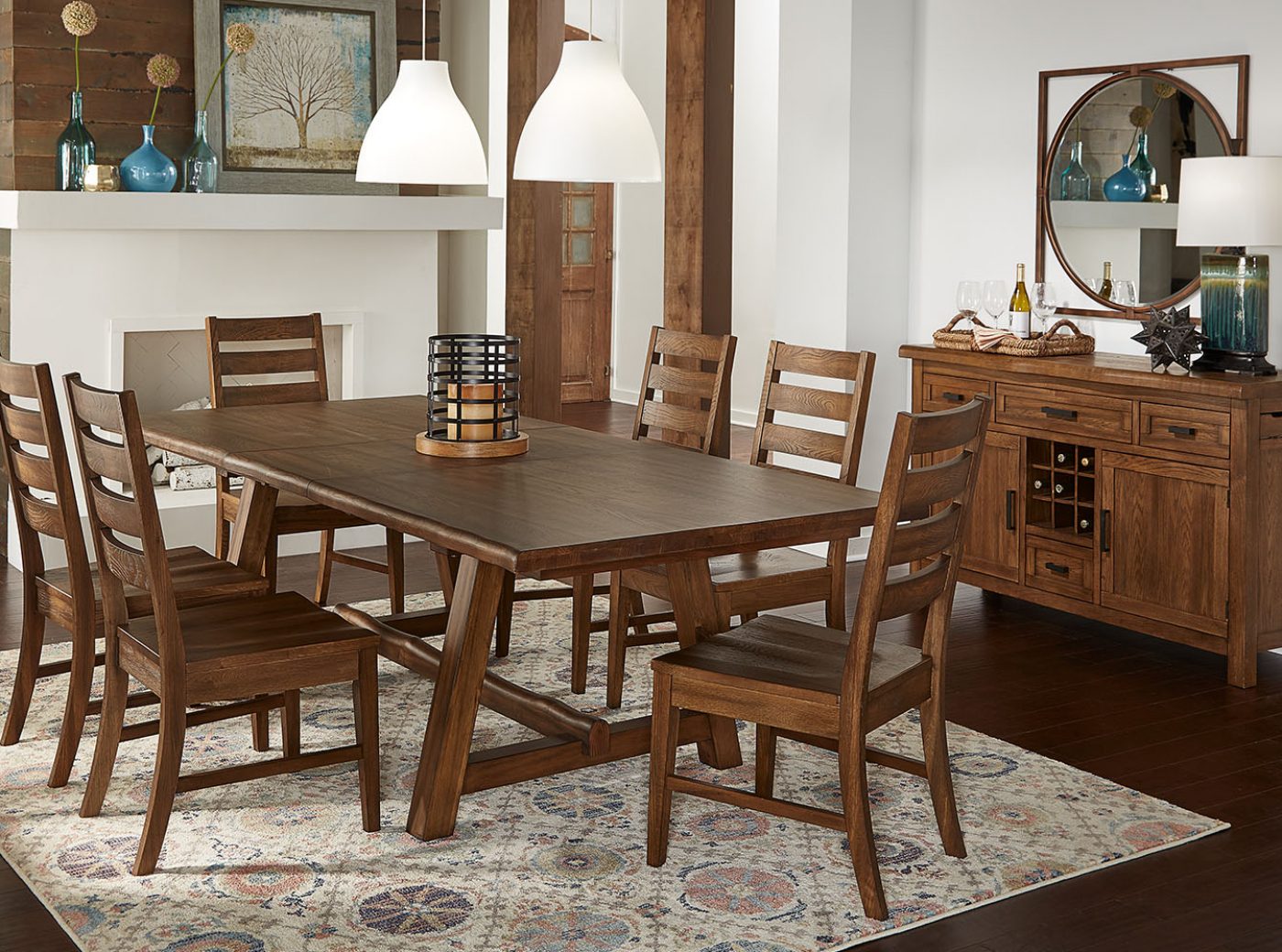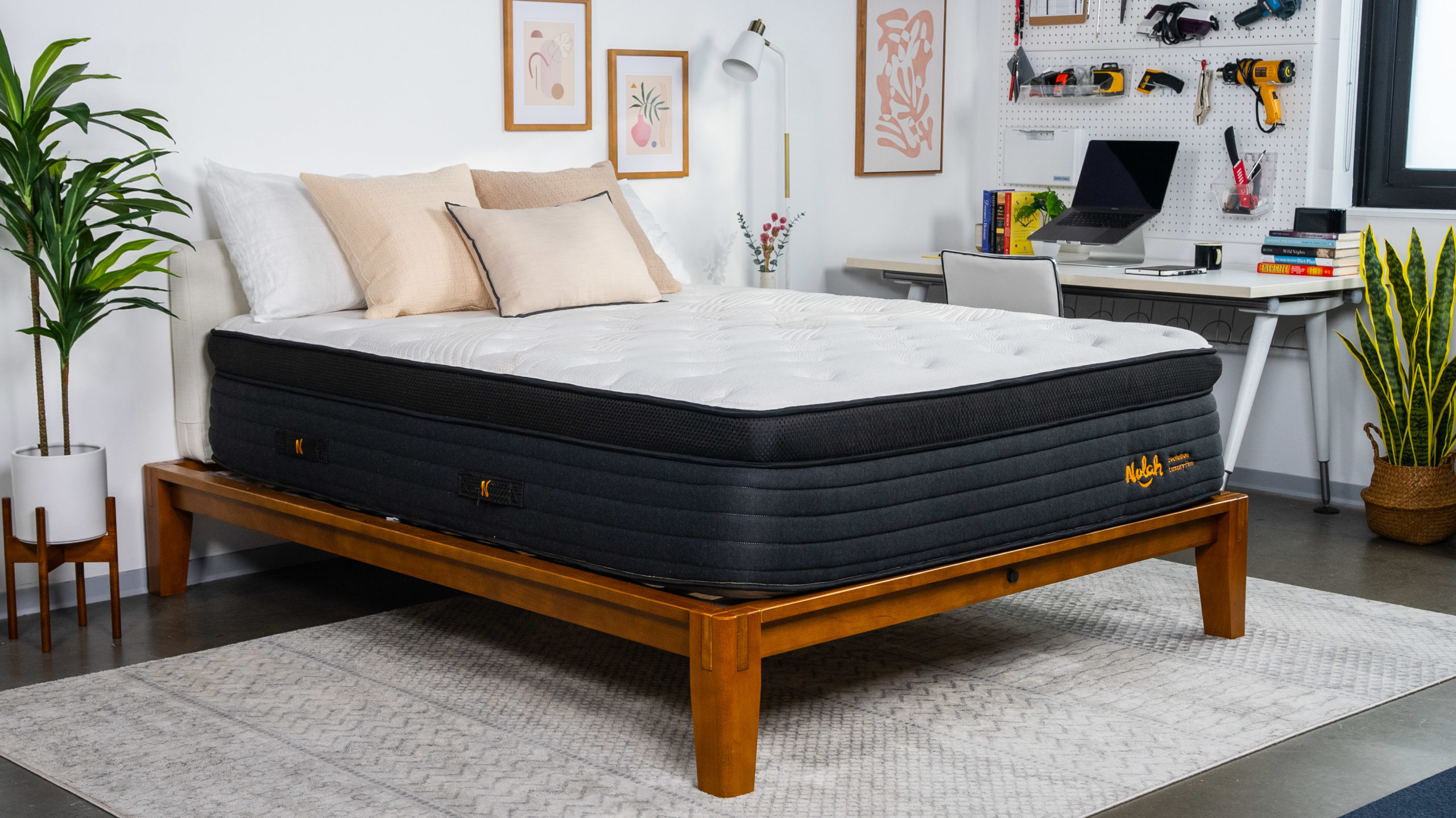Installing a garbage disposal in your kitchen sink is a great way to make your daily cleanup routine more efficient. Not only does it help to reduce food waste, but it also keeps your kitchen smelling fresh and clean. If you're thinking about installing a garbage disposal, here's a step-by-step guide to help you get started. Step 1: Turn off the Power The first step to installing a garbage disposal is to turn off the power to your kitchen sink. This can be done by flipping the switch on the circuit breaker or unplugging the power cord if your disposal has one. Step 2: Gather Your Tools Before you begin the installation process, make sure you have all the necessary tools. This includes a screwdriver, pliers, and a hacksaw. You may also need a putty knife, plumber's putty, and a bucket or bowl to catch any water that may spill out during the installation. Step 3: Remove the Old Disposal (If Applicable) If you are replacing an old garbage disposal, you will need to remove it before installing the new one. This can be done by disconnecting the drain pipe and removing the mounting ring. Make sure to follow the manufacturer's instructions for proper disposal of the old unit. Step 4: Mount the New Disposal Once the old disposal is removed, you can begin mounting the new one. Start by attaching the mounting assembly to the bottom of the sink. Make sure to follow the manufacturer's instructions for proper placement and tightening of the mounting screws. Step 5: Connect the Drain Pipe Next, you will need to connect the drain pipe to the disposal. This can be done by attaching the discharge tube to the disposal's waste elbow and then connecting it to the drain pipe. Use plumber's putty to create a tight seal and prevent any leaks. Step 6: Test for Leaks Before turning on the power to your new disposal, it's important to test for any leaks. Run water through the sink and check all connections for any signs of water leakage. If you notice any leaks, tighten the connections or add more plumber's putty as needed. Step 7: Turn on the Power Once you've confirmed that there are no leaks, you can turn the power back on to your disposal. Test it out by running water and turning on the disposal to make sure everything is working properly.How to Install a Garbage Disposal
If you're installing a new garbage disposal, you will also need to install a drain that is compatible with the unit. Here's how to install a garbage disposal drain in your kitchen sink. Step 1: Measure and Cut the Drain Pipe Start by measuring the length of the drain pipe and cutting it to the appropriate size using a hacksaw. Make sure to wear protective gloves and eye goggles when cutting the pipe. Step 2: Attach the Drain Flange Place the rubber gasket and cardboard ring on the drain flange and insert it into the drain hole in your sink. From underneath the sink, add the mounting ring and tighten it with the screws provided. Step 3: Connect the Drain Pipe Connect the drain pipe to the bottom of the sink's drain flange, making sure to use plumber's putty to create a tight seal. Connect the other end of the pipe to the disposal's waste elbow using a slip nut and washer. Step 4: Test for Leaks Just like installing a garbage disposal, it's important to test for leaks before turning on the power. Run water through the sink and check all connections for any signs of water leakage. If you notice any leaks, tighten the connections or add more plumber's putty as needed. Step 5: Turn on the Power If there are no leaks, you can turn on the power to your new garbage disposal and test it out. Make sure to run water and turn on the disposal to ensure everything is working properly.How to Install a Garbage Disposal Drain
If you have a leaky or malfunctioning garbage disposal drain, you may need to replace it. Here's how to replace a garbage disposal drain in your kitchen sink. Step 1: Turn off the Power Before starting any repair or replacement work, make sure to turn off the power to your garbage disposal. This can be done by flipping the switch on the circuit breaker or unplugging the power cord if your disposal has one. Step 2: Remove the Old Drain Using pliers, loosen the slip nut and washer that connect the drain pipe to the disposal's waste elbow. Once disconnected, you can remove the old drain from the bottom of the sink. Step 3: Install the New Drain Place the new drain into the drain hole in your sink and secure it from underneath with the mounting ring and screws. Make sure to use plumber's putty to create a tight seal. Step 4: Connect the Drain Pipe Connect the drain pipe to the new drain, using plumber's putty to create a tight seal. Use a slip nut and washer to connect the other end of the pipe to the disposal's waste elbow. Step 5: Test for Leaks Before turning on the power, test for any leaks by running water through the sink and checking all connections. If you notice any leaks, tighten the connections or add more plumber's putty as needed. Step 6: Turn on the Power If there are no leaks, you can turn on the power to your garbage disposal and test it out. Make sure to run water and turn on the disposal to ensure everything is working properly.How to Replace a Garbage Disposal Drain
A clogged garbage disposal drain can be a frustrating problem to deal with. Here's how to unclog a garbage disposal drain and get your kitchen sink back to working order. Step 1: Turn off the Power As with any repair work, make sure to turn off the power to your garbage disposal before attempting to unclog it. Step 2: Use a Plunger If you suspect that the clog is caused by food particles, a plunger can be an effective tool for unclogging your disposal. Place the plunger over the drain opening and push and pull several times to try and dislodge the clog. Step 3: Try a Plumber's Snake If the plunger doesn't work, a plumber's snake may be able to break up the clog. Insert the snake into the drain and turn the handle to break up any clogs. Once finished, run water through the disposal to flush out any remaining debris. Step 4: Use Chemical Drain Cleaner If the clog is not food-related, a chemical drain cleaner may be able to dissolve it. Follow the instructions on the bottle and be sure to run water through the disposal after using the cleaner. Step 5: Call a Professional If none of these methods work, it's best to call a professional plumber to safely and effectively unclog your garbage disposal drain.How to Unclog a Garbage Disposal Drain
A leaky garbage disposal drain can be a major inconvenience and can cause damage to your kitchen cabinets and flooring. Here's how to fix a leaky garbage disposal drain. Step 1: Turn off the Power Before attempting to fix a leak, make sure to turn off the power to your garbage disposal. Step 2: Tighten the Connections Oftentimes, a leaky drain is caused by loose connections. Use pliers to tighten the slip nut and washer that connect the drain pipe to the disposal's waste elbow. Step 3: Replace the Gasket If tightening the connections doesn't fix the leak, the gasket may need to be replaced. This can be done by removing the mounting ring and replacing the old gasket with a new one. Step 4: Check for Cracks In some cases, a leak may be caused by a crack in the disposal itself. If this is the case, you may need to replace the entire unit.How to Fix a Leaky Garbage Disposal Drain
Cleaning your garbage disposal drain regularly is important to prevent clogs and keep your kitchen smelling fresh. Here's how to clean a garbage disposal drain. Step 1: Turn off the Power Before starting any cleaning work, make sure to turn off the power to your garbage disposal. Step 2: Use Ice Cubes and Salt Run cold water through the disposal and slowly drop in a handful of ice cubes and a few tablespoons of salt. Turn on the disposal to grind up the ice and salt, which will help to remove any buildup on the blades. Step 3: Use Vinegar and Baking Soda Another effective way to clean your garbage disposal is by pouring a cup of vinegar and a cup of baking soda into the drain. Let it sit for a few minutes before turning on the disposal and running hot water to flush out any debris. Step 4: Finish with Citrus Peels To leave your disposal smelling fresh, drop a few citrus peels into the drain and run cold water while turning on the disposal. This will help to eliminate any lingering odors.How to Clean a Garbage Disposal Drain
If you're replacing your garbage disposal or need to access the drain for repairs, you may need to remove it from your sink. Here's how to remove a garbage disposal drain. Step 1: Turn off the Power Before attempting to remove the drain, make sure to turn off the power to your garbage disposal. Step 2: Detach the Drain Pipe Using pliers, loosen the slip nut and washer that connect the drain pipe to the disposal's waste elbow. Once detached, you can remove the drain pipe from the disposal. Step 3: Disconnect the Mounting Assembly From underneath the sink, use a screwdriver to loosen and remove the mounting screws that hold the disposal in place. Once the screws are removed, you can lift the disposal out of the sink. Step 4: Remove the Mounting Ring Using pliers, loosen the mounting ring and remove it from the drain hole in the sink. This will allow you to remove the drain from the sink.How to Remove a Garbage Disposal Drain
If your garbage disposal drain is not functioning properly, you may need to repair it rather than replace it. Here's how to repair a garbage disposal drain. Step 1: Turn off the Power Before attempting any repairs, make sure to turn off the power to your garbage disposal. Step 2: Tighten the Connections Start by checking all connections and tightening them as needed. This can often fix common problems such as leaks or clogs. Step 3: Check the Blades If the disposal is not grinding up food waste properly, the blades may need to be sharpened or replaced. Follow the manufacturer's instructions for proper blade maintenance. Step 4: Reset the Disposal If your disposal has stopped working completely, it may have tripped a circuit breaker. Look for a reset button on the bottom of the unit and press it to reset the disposal. Step 5: Call a Professional If these steps do not fix the problem, it's best to call a professional plumber to properly diagnose and repair your garbage disposal drain.How to Repair a Garbage Disposal Drain
Replacing a kitchen sink drain can be a bit more complicated than replacing a garbage disposal drain, but it is still possible to do it yourself. Here's how to replace a kitchen sink drain. Step 1: Turn off the Water Before starting any work, turn off the water supply to your kitchen sink. This can usually be done by turning the shut-off valve under the sink. Step 2: Remove the Old DrainHow to Replace a Kitchen Sink Drain
Benefits of Installing a Kitchen Sink Drain for Garbage Disposal

Efficient Waste Management
 One of the main benefits of having a kitchen sink drain for garbage disposal is the efficient management of food waste. Instead of throwing food scraps into the regular trash, which can cause unpleasant odors and attract pests, a garbage disposal allows you to grind the waste into smaller pieces that can easily be flushed down the drain. This not only helps keep your kitchen clean and odor-free, but it also reduces the amount of waste that goes into landfills.
One of the main benefits of having a kitchen sink drain for garbage disposal is the efficient management of food waste. Instead of throwing food scraps into the regular trash, which can cause unpleasant odors and attract pests, a garbage disposal allows you to grind the waste into smaller pieces that can easily be flushed down the drain. This not only helps keep your kitchen clean and odor-free, but it also reduces the amount of waste that goes into landfills.
Convenient and Time-Saving
 Having a garbage disposal installed in your kitchen sink can also save you time and effort. Instead of having to constantly empty out your trash can or compost bin, you can simply push food waste into the disposal and let it do the work for you. This is especially useful for busy households where time is of the essence.
Having a garbage disposal installed in your kitchen sink can also save you time and effort. Instead of having to constantly empty out your trash can or compost bin, you can simply push food waste into the disposal and let it do the work for you. This is especially useful for busy households where time is of the essence.
Environmentally Friendly
/how-to-install-a-sink-drain-2718789-hero-24e898006ed94c9593a2a268b57989a3.jpg) By using a kitchen sink drain for garbage disposal, you are also being environmentally friendly. As mentioned earlier, it helps reduce the amount of waste that goes into landfills, which in turn helps to minimize the negative impact on the environment. Additionally, the ground-up food scraps can be turned into fertilizer for your garden, reducing the need for chemical fertilizers.
By using a kitchen sink drain for garbage disposal, you are also being environmentally friendly. As mentioned earlier, it helps reduce the amount of waste that goes into landfills, which in turn helps to minimize the negative impact on the environment. Additionally, the ground-up food scraps can be turned into fertilizer for your garden, reducing the need for chemical fertilizers.
Less Clogs and Plumbing Issues
:max_bytes(150000):strip_icc()/kitchen-sink-171366298-5841b8de3df78c0230af5814.jpg) Another advantage of using a garbage disposal is that it can help prevent clogs and plumbing issues. Food scraps that are thrown into the regular trash can end up causing blockages in the pipes, which can be costly to fix. With a garbage disposal, the waste is ground up into smaller pieces, making it easier to pass through the pipes without causing any blockages.
Another advantage of using a garbage disposal is that it can help prevent clogs and plumbing issues. Food scraps that are thrown into the regular trash can end up causing blockages in the pipes, which can be costly to fix. With a garbage disposal, the waste is ground up into smaller pieces, making it easier to pass through the pipes without causing any blockages.
Improves Kitchen Aesthetics
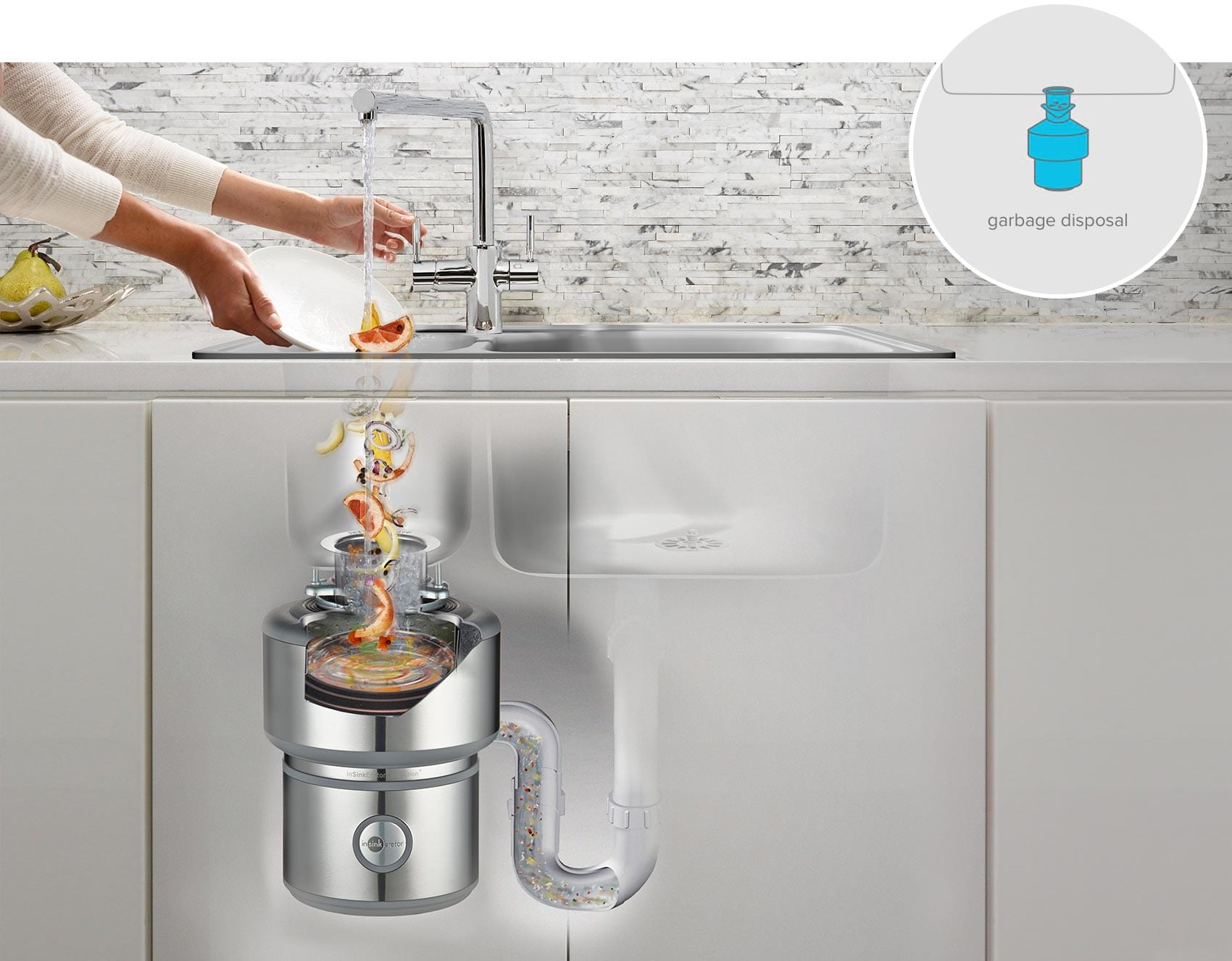 Not only is a kitchen sink drain for garbage disposal functional, but it can also improve the overall aesthetics of your kitchen. With food waste being disposed of down the drain, there is less mess and clutter in your kitchen, making it look cleaner and more organized. This is especially beneficial for those who love to entertain guests in their kitchen.
In conclusion, installing a kitchen sink drain for garbage disposal can bring many benefits to your household. It provides efficient waste management, saves time and effort, is environmentally friendly, prevents clogs and plumbing issues, and improves the overall look of your kitchen. Consider adding this feature to your kitchen for a more convenient and sustainable lifestyle.
Not only is a kitchen sink drain for garbage disposal functional, but it can also improve the overall aesthetics of your kitchen. With food waste being disposed of down the drain, there is less mess and clutter in your kitchen, making it look cleaner and more organized. This is especially beneficial for those who love to entertain guests in their kitchen.
In conclusion, installing a kitchen sink drain for garbage disposal can bring many benefits to your household. It provides efficient waste management, saves time and effort, is environmentally friendly, prevents clogs and plumbing issues, and improves the overall look of your kitchen. Consider adding this feature to your kitchen for a more convenient and sustainable lifestyle.
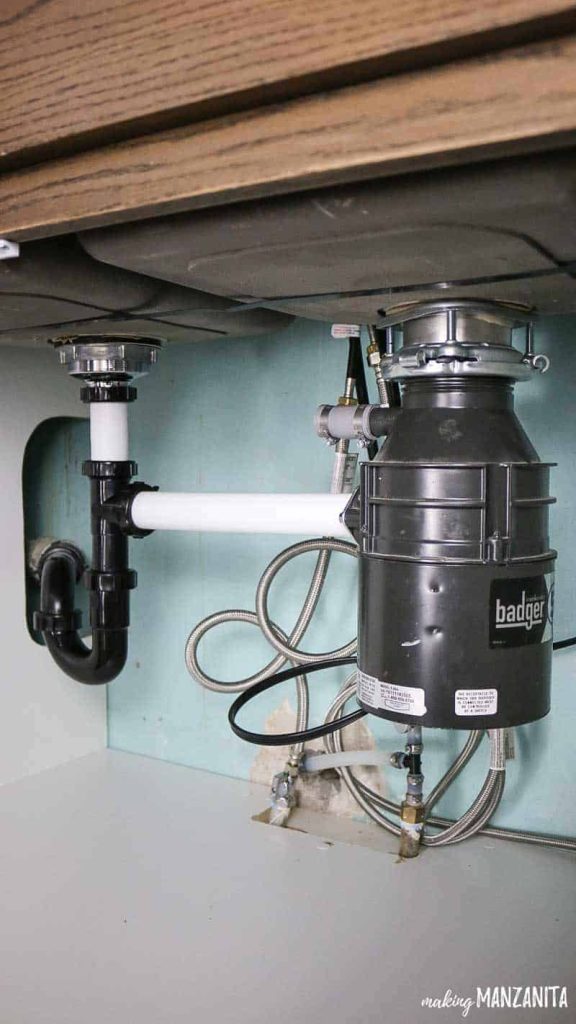
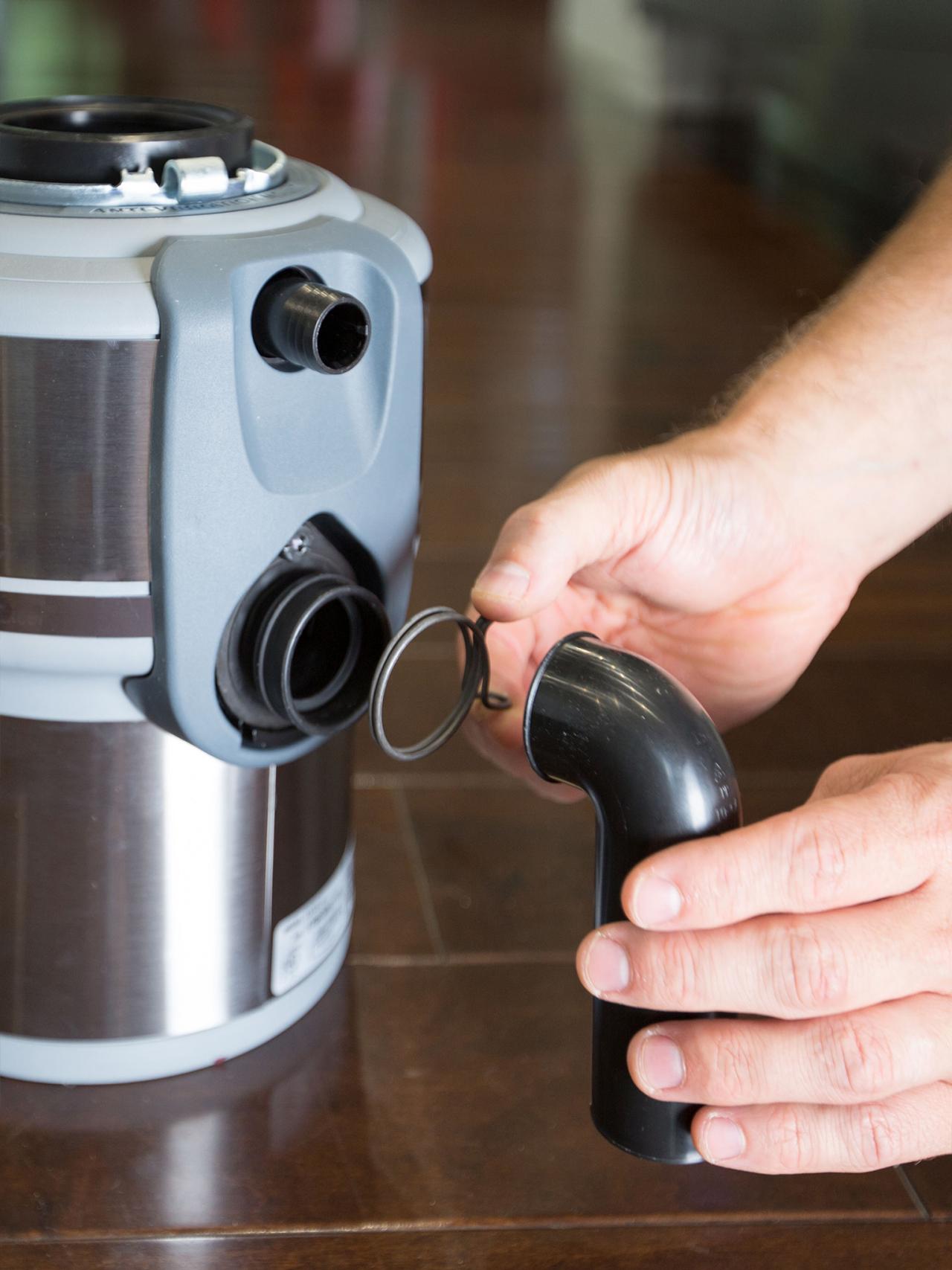








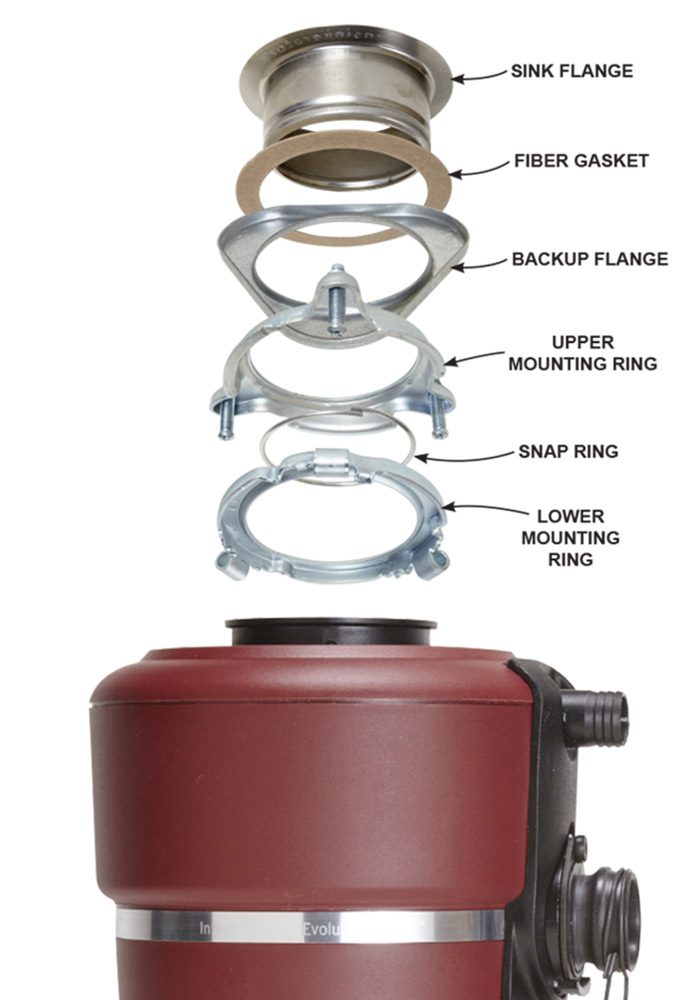



:max_bytes(150000):strip_icc()/garbage-disposal-installation-1824830-hero-1dcd7b5b05d44a2cb367e31692500c8c.jpg)
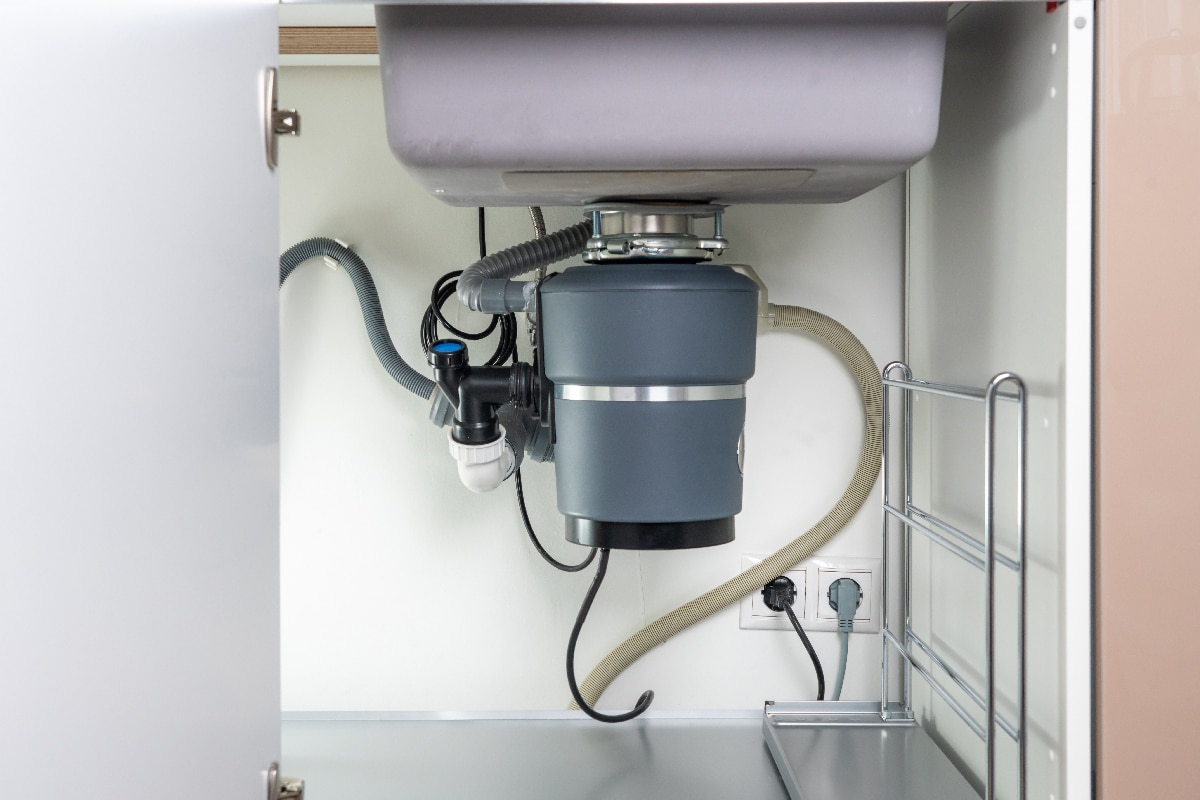
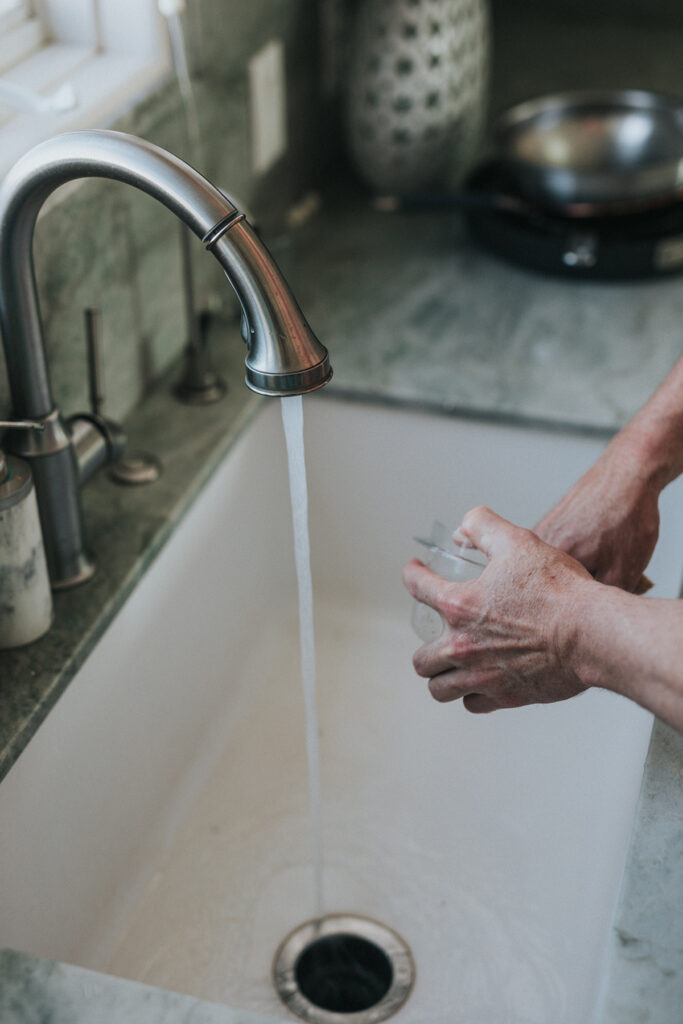

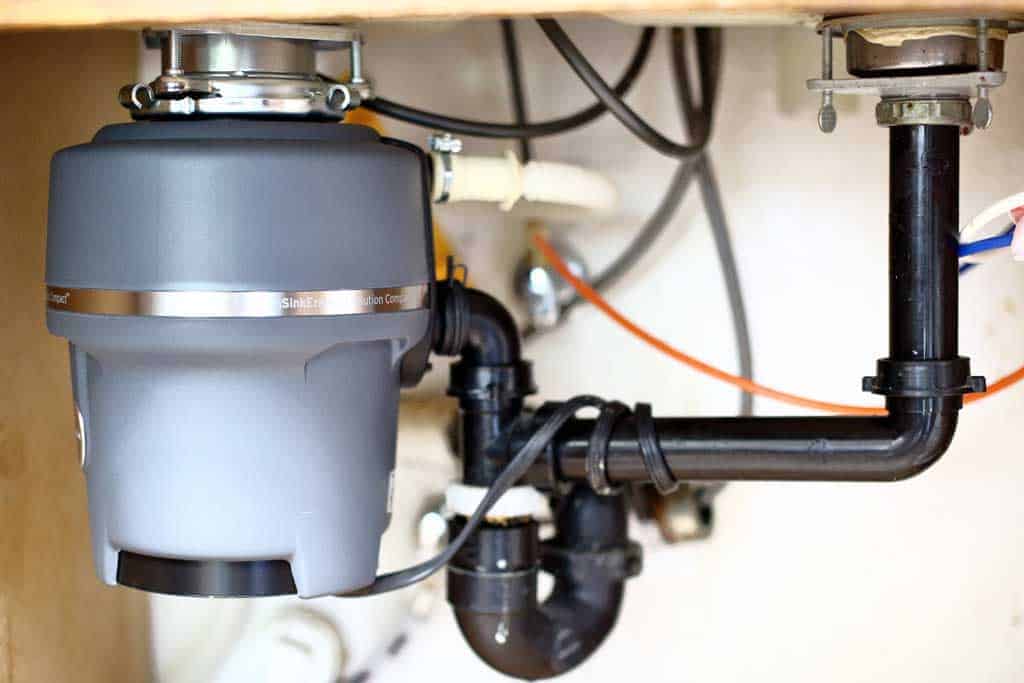
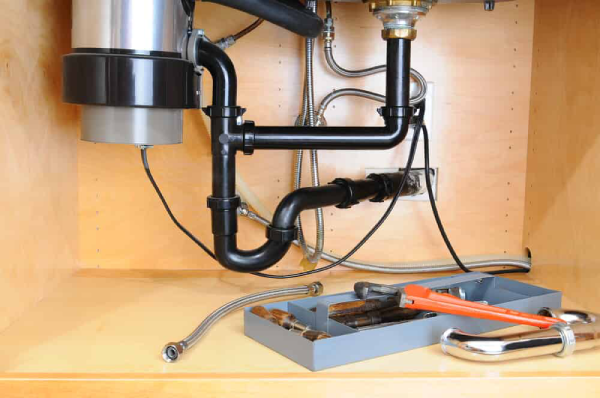

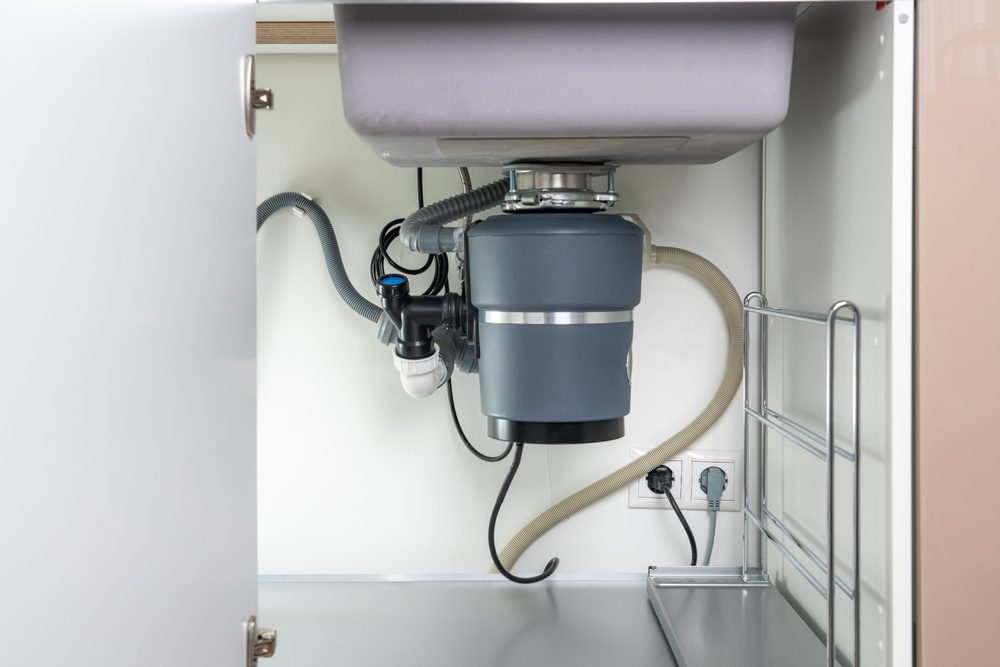
:max_bytes(150000):strip_icc()/garbage-disposal-installation-1824830-07-e7284aea27834f698710558d74c5ebda.jpg)




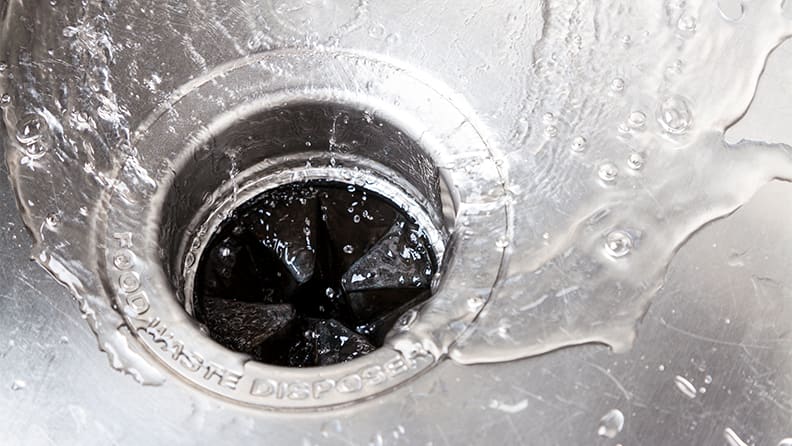

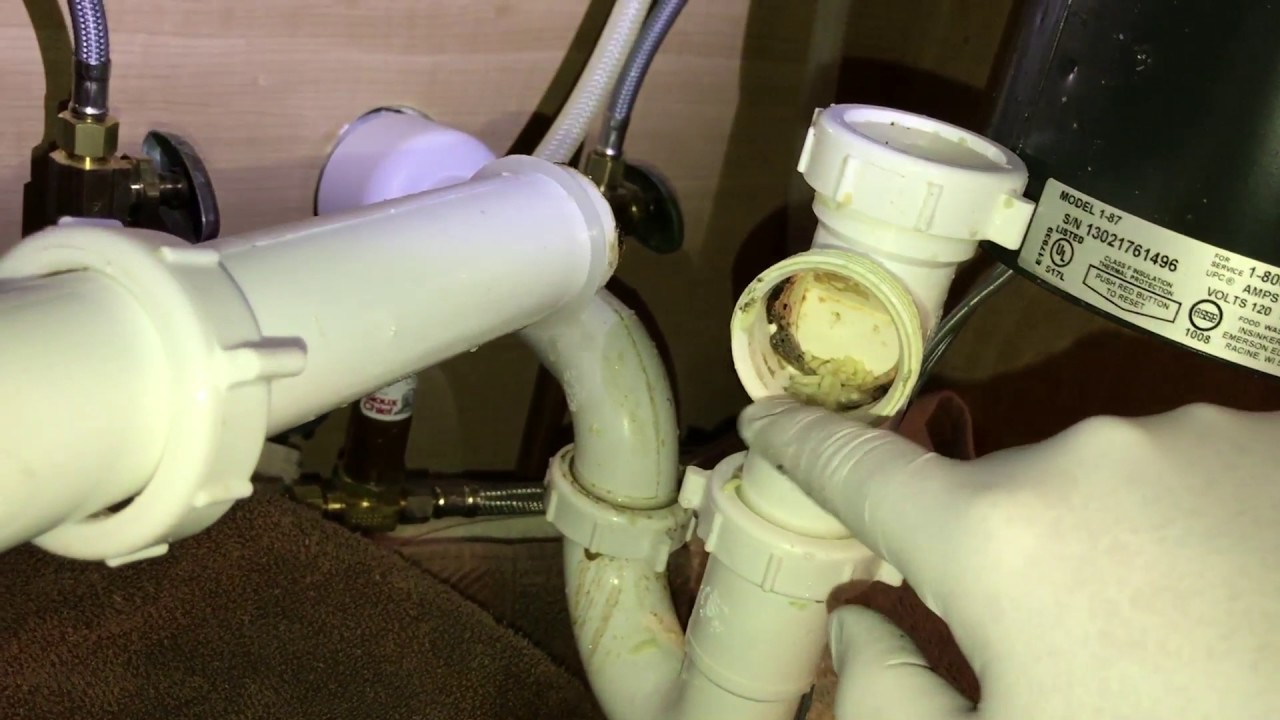

:max_bytes(150000):strip_icc()/Repair-a-Clogged-Garbage-Disposal-1824884-01-e4337b62e8794cc3a30c1e70ac944d4f.jpg)
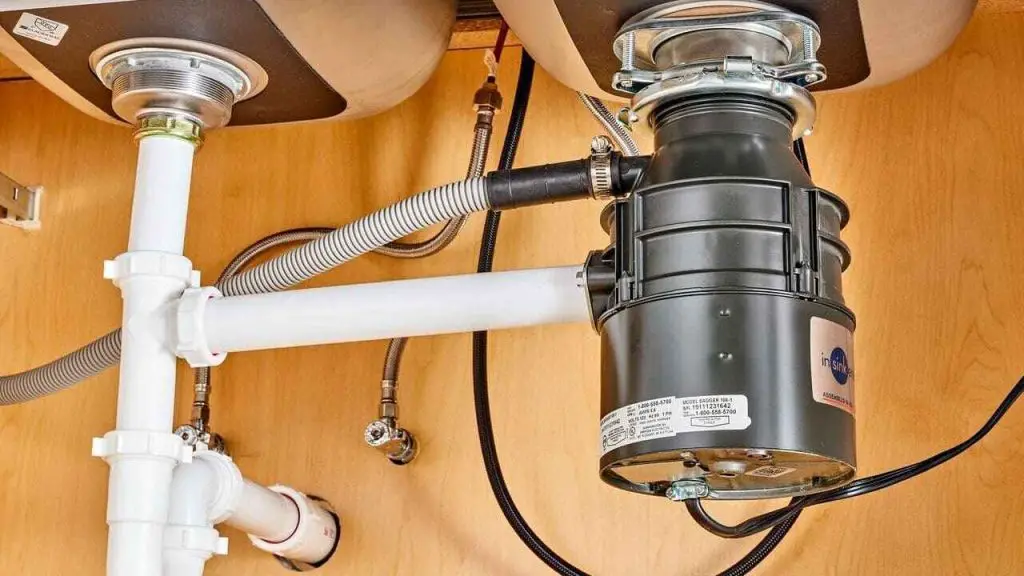
:max_bytes(150000):strip_icc()/Repair-a-Clogged-Garbage-Disposal-1824884-03-797557ec62994f24863eca52c36fed64.jpg)
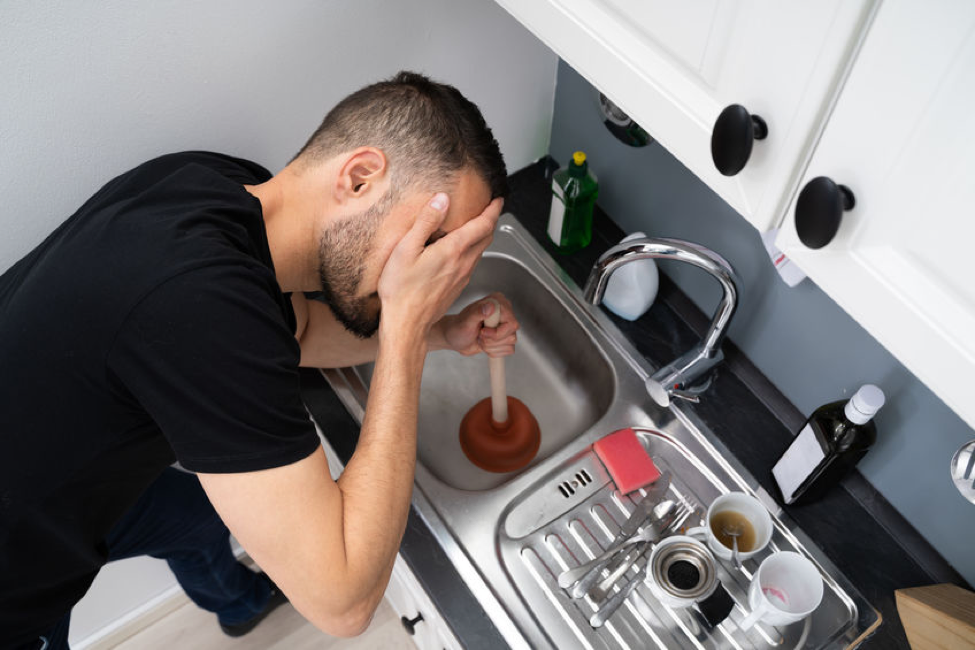


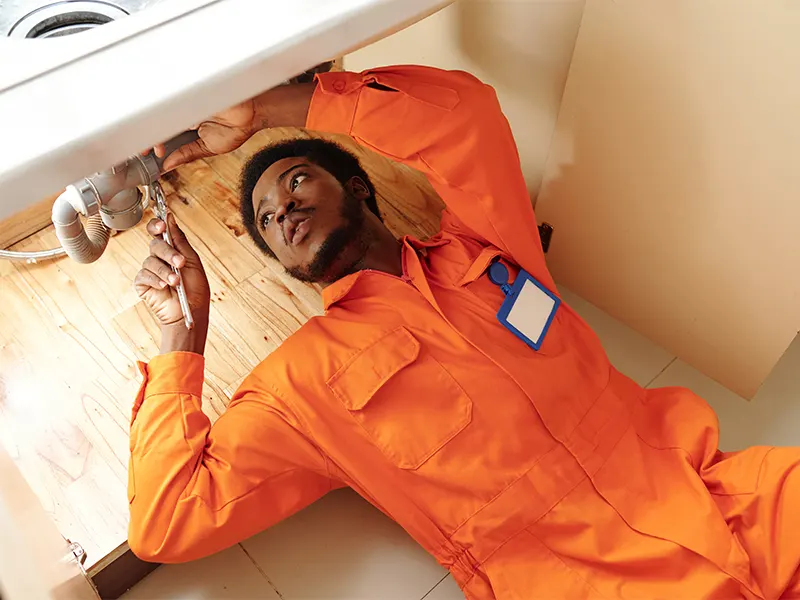



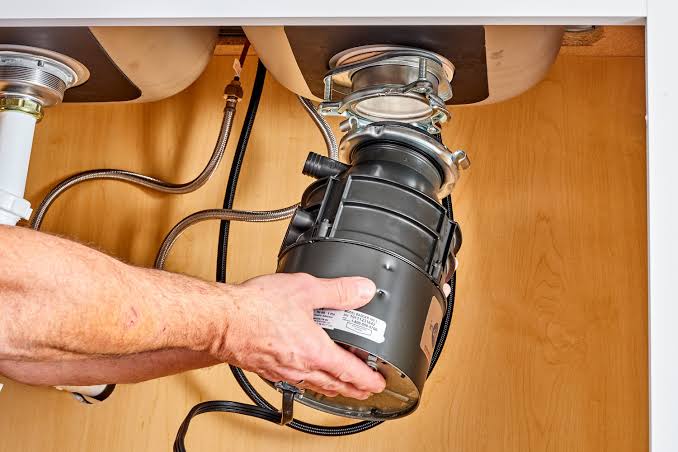





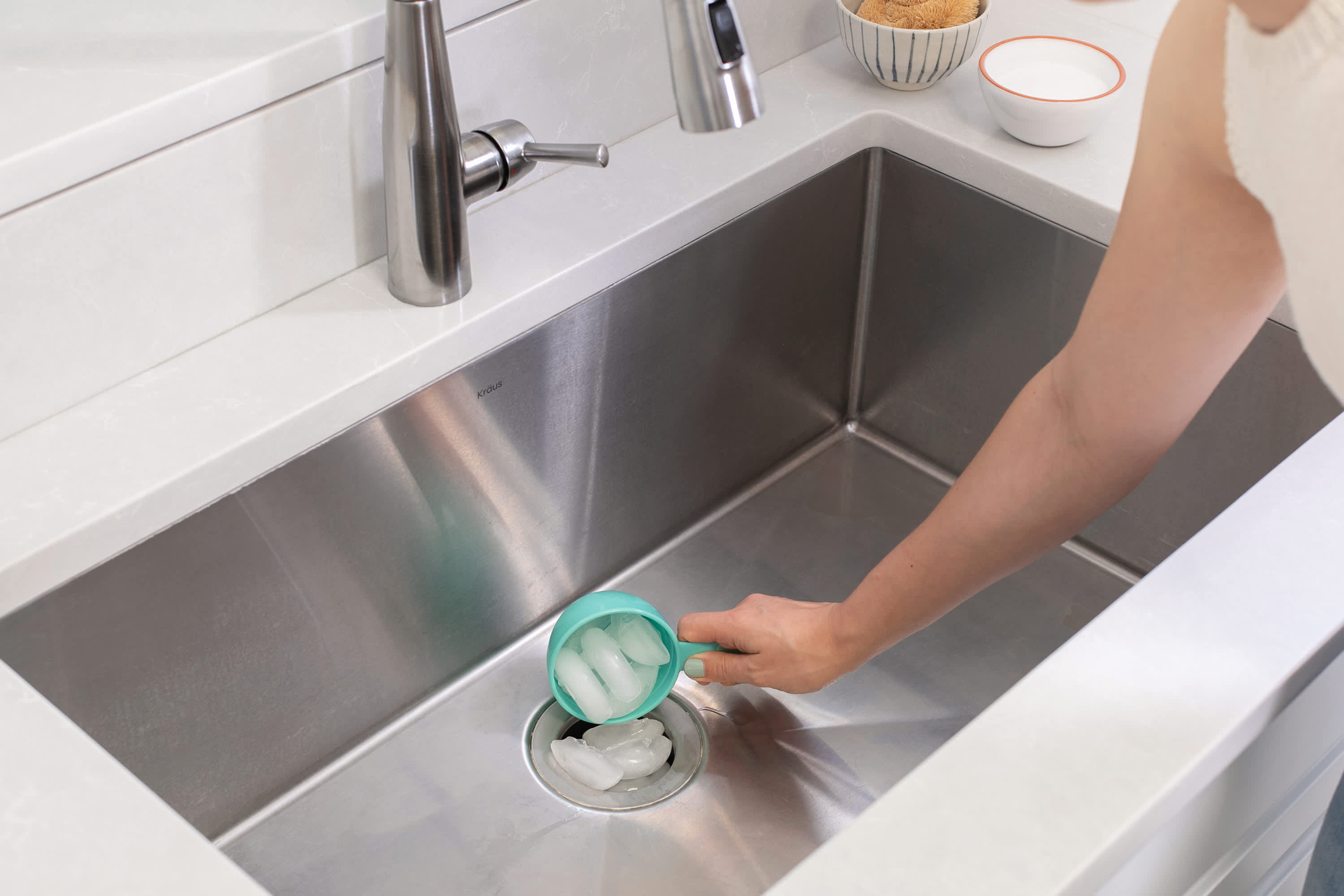
:max_bytes(150000):strip_icc()/cleaning-a-garbage-disposal-2718863-step-06-eefb70a116b741eb82beec94e062c915.jpg)
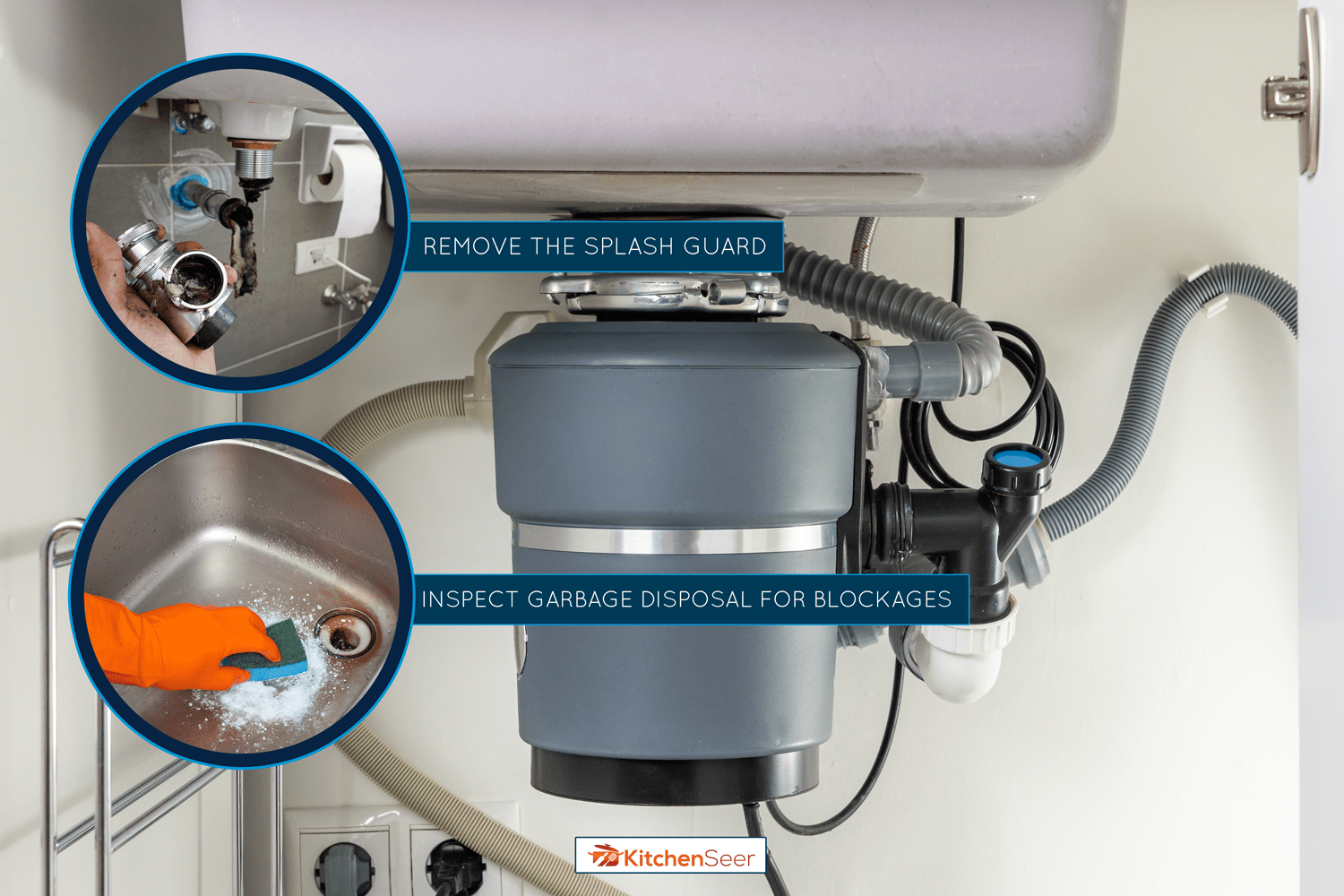


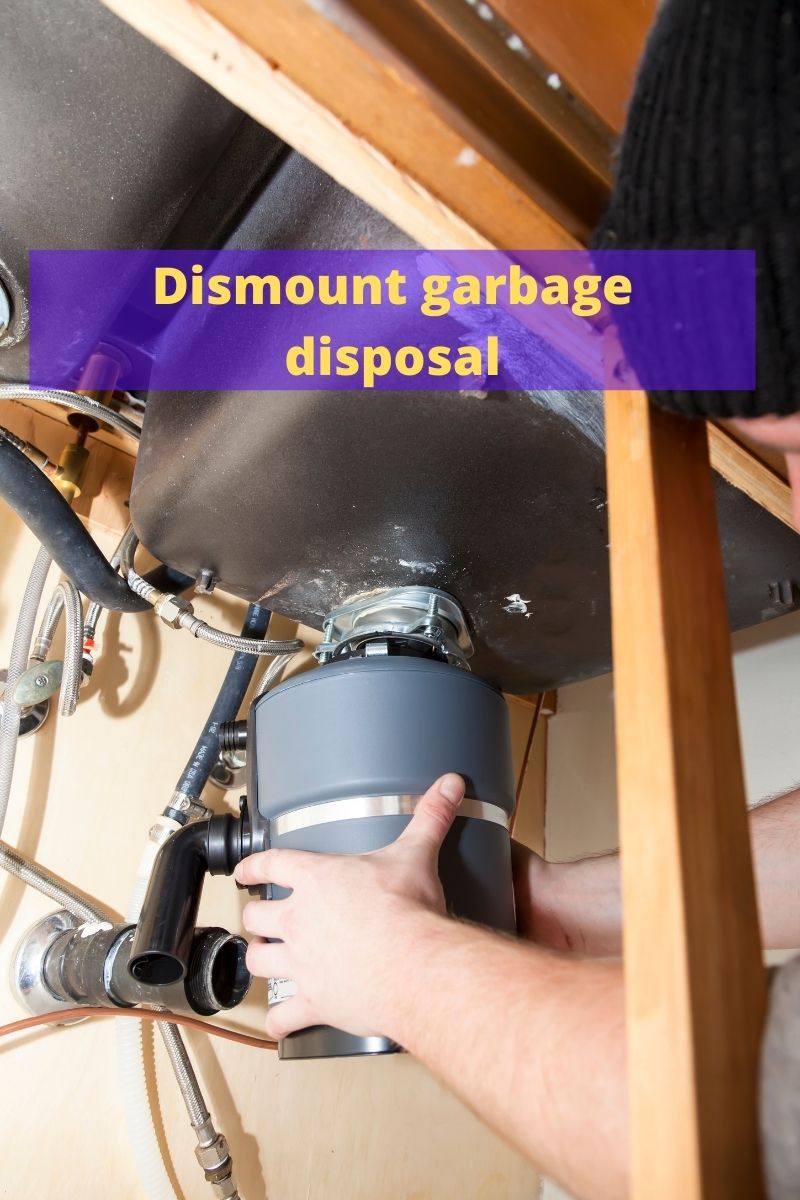


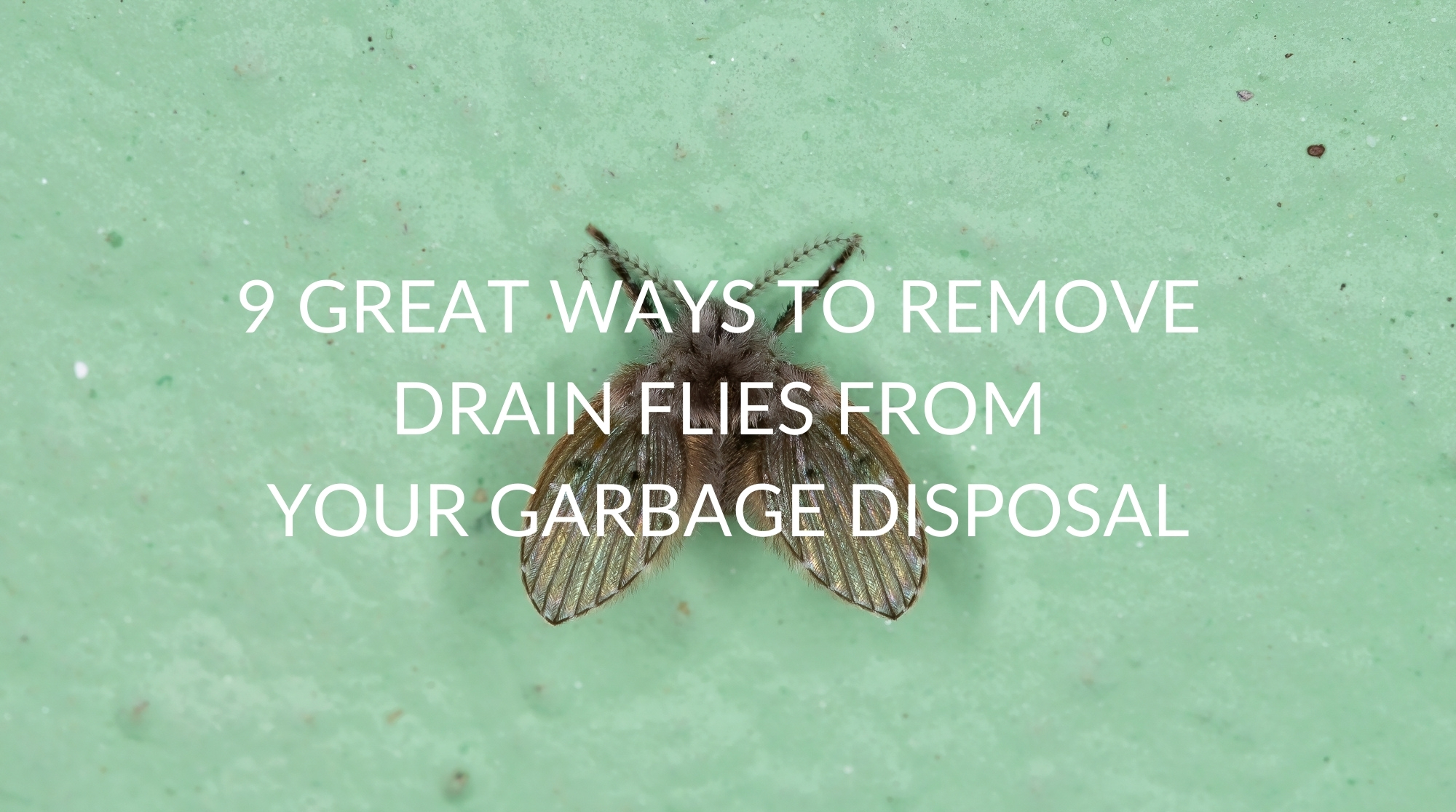
:max_bytes(150000):strip_icc()/garbage-disposal-installation-1824830-01-73cf0263b344447488ed8e15f7f2bc78.jpg)



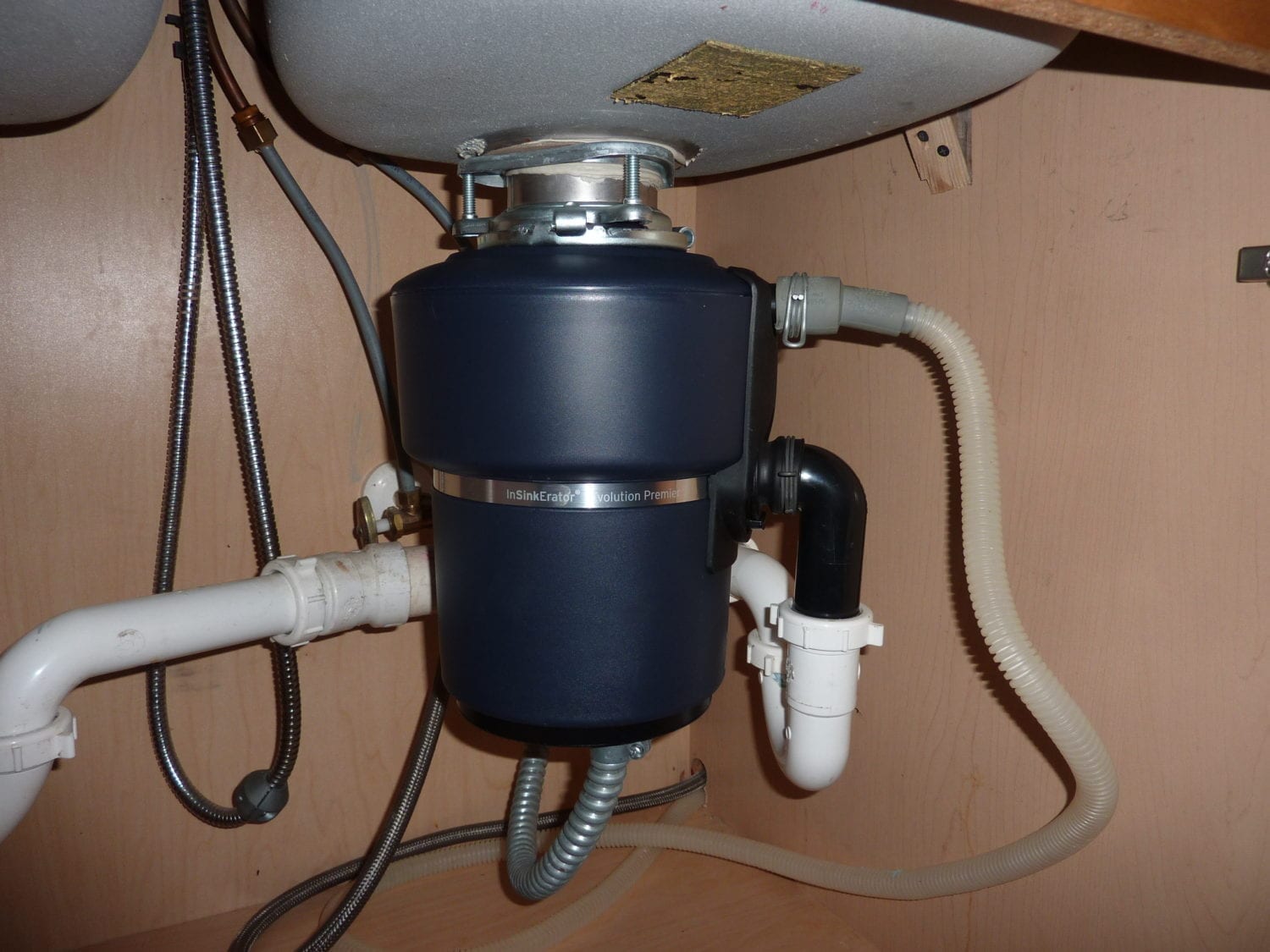

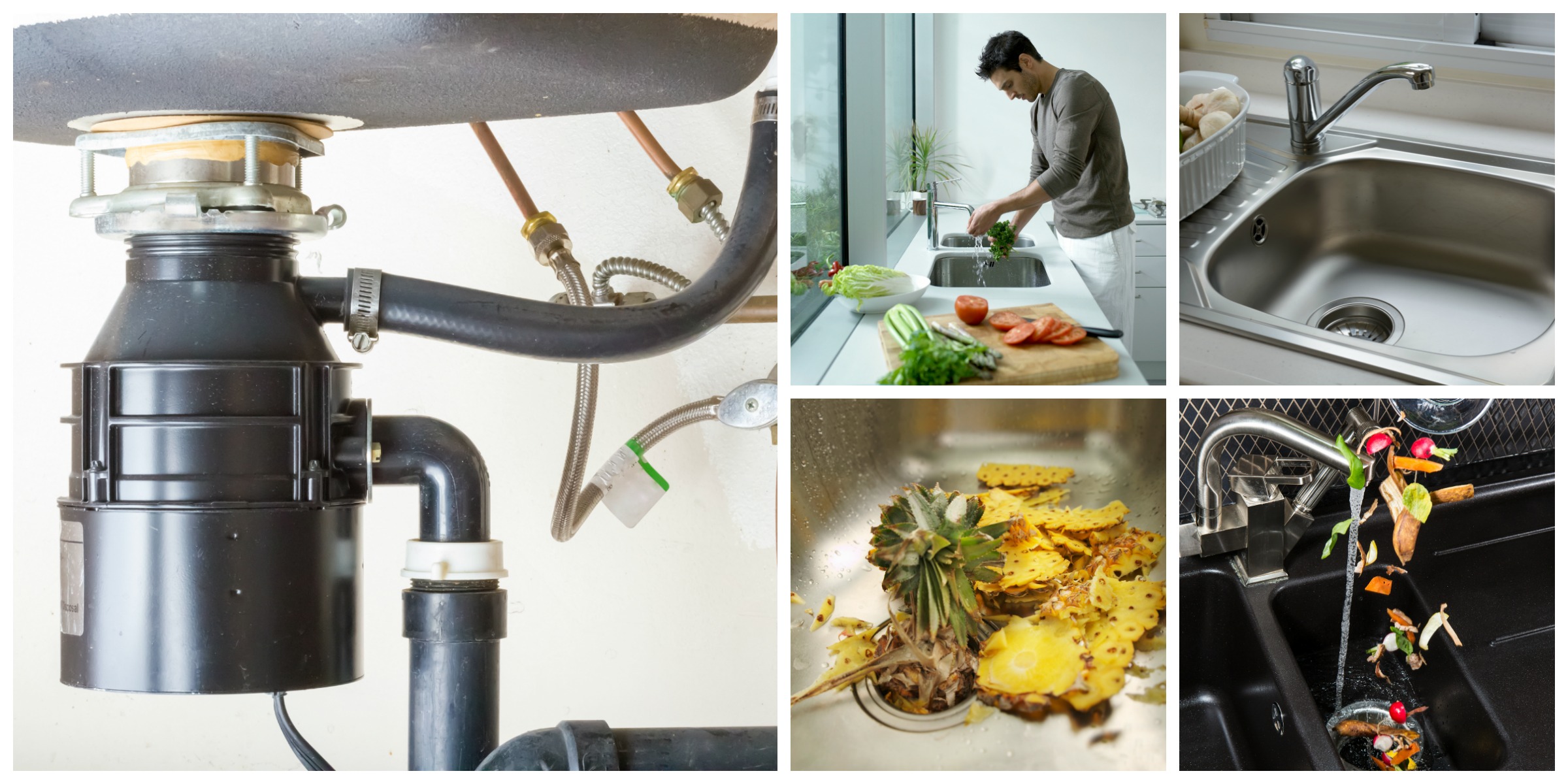

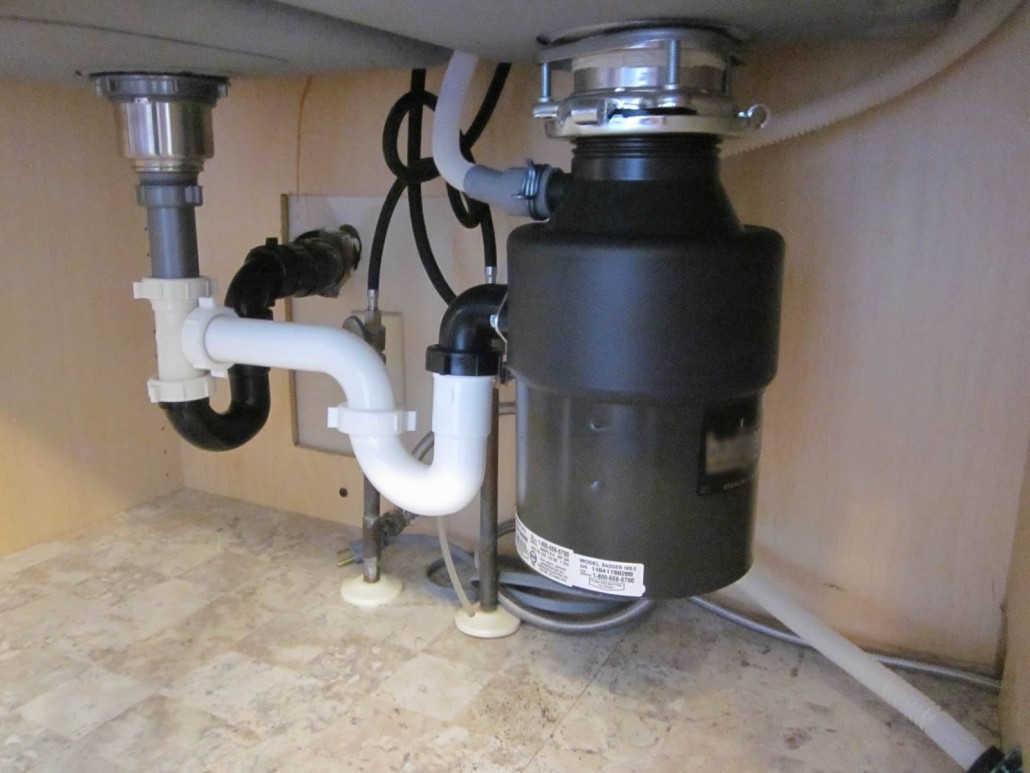
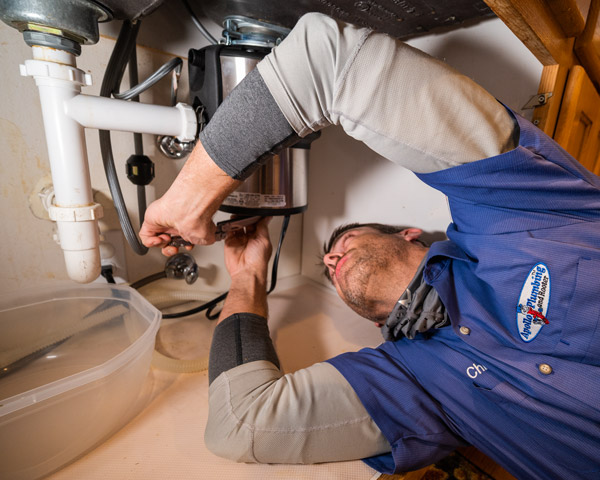






/how-to-install-a-sink-drain-2718789-hero-b5b99f72b5a24bb2ae8364e60539cece.jpg)






